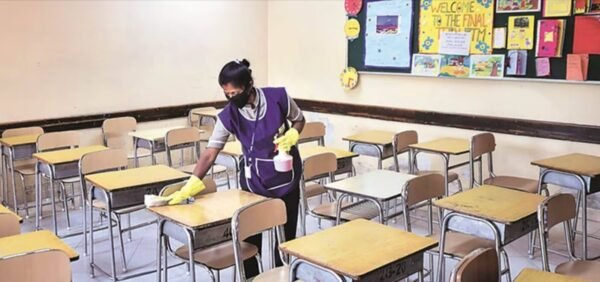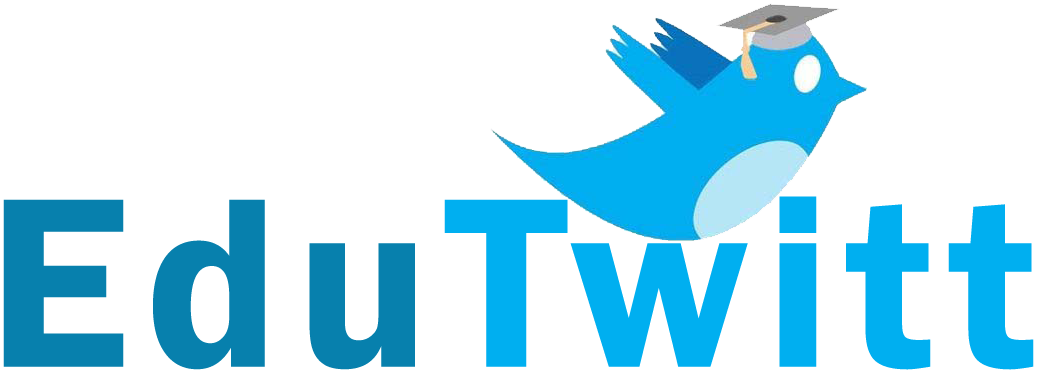
All over all over the world the significance of the Government schools is enormous in providing adequate education to pupils. For the most economically disadvantaged and marginalized sections of society, public schools are regarded as the sole source for education, which is the reason numerous attempts to improve the quality of education are being made. There are however difficulties and problems that need to be confronted in the government school system’s education. In this article, we will discuss the two sides of the argument in order to present a balanced argument.
Advantages of Government Schools:
1. Affordability:
The government schools are less expensive or free than private schools. The accessibility allows children with low incomes to go to school without having to pay the burden of debt. Many families of low income are unable to afford private schools that have high tuition costs and other charges. Schools run by government save lives by ensuring that education is accessible to all. In developing countries that are poor education can break the cycle of poverty, and therefore it is essential to be affordable. Social barriers are eliminated at public schools in order to ensure students’ participation and equality. An education that is well-rounded helps students with low incomes succeed academically and professionally. Schools in the public sector are affordable and parents can save money on healthcare, food and even housing. This is good for families and communities.
2. Inclusivity:
Government schools welcome all religious, socioeconomic, and religious groups. Offering every student the chance to pursue their studies encourages diversity as well as social integration in the school. Government schools teach students from a variety of economic and cultural backgrounds. Diverse perspectives, understanding, empathy, and respect enhance education. Inclusion in schools of the government encourages students to be united, regardless of differences. Schools in the government respect and value every student, and provide the foundation for a peaceful and open society.
3. Infrastructure and Facilities:
Government schools typically provide minimal infrastructure for education and growth, however the quality of the building is different. Libraries and parks, labs, and classrooms enhance student learning and wellbeing. Classrooms in government schools are used for collaboration, learning, and thinking. Teachers and students collaborate and study in classrooms equipped with whiteboards, tables, chairs as well as teaching tools. Libraries promote literacy, reading and self-study. Libraries supply periodicals, books, and information resources that can enhance classroom learning and stimulate intellectual curiosity. Playgrounds aid children in staying fit by providing activities, interactions, and entertainment. Playground equipment, outdoor sports equipment structures and green spaces let kids exercise, improve their the motor abilities, as well as develop the importance of teamwork and sportsmanship.
4. Trained Teachers:
Government schools hire qualified teachers who undergo a screening process to verify their proficiency. Teachers require education qualifications, teaching certificates as well as specific training in the subject. In the process of recruiting teachers from government schools their educational background and teacher experience, proficiency and pedagogical skills are assessed. Interviews, written tests and teaching demonstrations can prove the qualifications. Teachers in government schools receive ongoing education and professional development to improve their teaching abilities and learn about the latest trends in education and the best methods, and adjust to the latest pedagogical practices. The courses could include teaching management, curriculum development assessment, and the integration of technology.
5. Government Support:
State and federal funding help schools of the government improve education nationwide. This helps government schools teach a lot of students, and especially students from different socioeconomic and geographic backgrounds, while promoting accessibility to education and equity. Schools in the government receive funding for operation, teacher salaries infrastructure, instructional material and student assistance. The school’s size, student enrollment geographical location, as well as the criteria for determining educational authority influence the distribution of resources. Finance from the government helps schools run and maintain their high standards. School expenses such as teacher salaries and utilities, maintenance as well as administration, are covered through this financing.
Disadvantages of Government Schools:
1. Limited Resources:
The government institutions might not have the resources to provide quality instruction. Insufficient funds, instructor shortages, physical and material constraints could hinder education quality and growth of students. Government schools that are not adequately funded have to deal with the needs of their instructors and operational requirements. Lack of funding could lead to budget cuts, fewer educational materials and equipment and less extracurricular activities as well as support. Technology, text books lab equipment, art supplies could be unavailable for students, which could hinder their academic development. Government schools that are located in remote areas and are disadvantaged could be lacking experienced instructors. The overcrowding of classrooms, the higher teacher-student ratios and problems offering a customized aid could be the result of a teacher shortage. If teacher shortages are a problem, unqualified instructors might be employed, which can affect quality of teaching and student learning.
2. Overcrowding:
A large number of schools run by government, particularly in areas with high population density or areas with high enrollments and overcrowding, are in the process of becoming. The government schools are rooms that are crowded and facilities, which strain students and teachers. In addition, the overcrowded classrooms make it difficult to provide each child with the support they need. With a high ratio of students to teachers Teachers may have a difficult time trying to meet students’ different abilities and learning needs. Teachers’ time-bound resources can hinder them from delivering individualized guidance, instruction, or assistance, which can affect students’ academic progress and their engagement. In addition, overcrowding could disrupt classroom activities, causing disruptions, noise and poor concentration. The overcrowding of classes could hinder students to engage in discussions, ask questions, or debate. So, teaching and learning can be impacted, which could affect students’ motivation, achievement and overall happiness.
3. Bureaucratic Red Tape:
Because of bureaucratic obstacles Government schools are unable to decide on how to allocate resources, and then implement reforms. Bureaucratic oversight can affect the quality of education and also hinder innovation. Administrative processes are slowed by red tape which makes it difficult for schools to adjust to the changing demands. Participation and agreement from stakeholders are essential for long-lasting, complex decision-making. Schools aren’t able to address complaints quickly or accept improvements as a possibility and adopt innovative methodologies for teaching and learning. The bureaucracy is able to spend money on administrative procedures instead of the education of teachers, training and infrastructure. Limits on budget and procurement could hinder schools from meeting urgent requirements and implementing student-impacting initiatives.
4. Quality Disparities:
The quality gaps in public schools can prolong the gap in education and hinder students who are less fortunate in their chances. Some schools in government have excellent academic standards, highly skilled teachers and facilities that are adequate however, others are not up to par and limit students’ opportunities for education. Financial and resource imbalances in government schools impact the quality of education. The financial backing, the parental involvement and community resources could permit urban schools or those with a lot of money to offer extra education programs, extracurricular activities as well as support services. Schools in rural or low-income areas might be lacking funds, infrastructure and skilled teachers, thus reducing the quality of education.
5. Limited Autonomy:
Government schools are not able to make decisions and lack freedom of curricular activities because of strict standards for education and procedures. These rules promote accountability and high standards for education but can also limit schools’ capacity to innovate and meet the needs of students and community’s needs. Schools might struggle to adjust to local circumstances, deal with the latest issues, and innovate because of the limitations on autonomy. Education authorities’ standard procedures guidelines, protocols, and curriculum guidelines could hinder schools’ ability to customize programs to the students’ needs and preferences.
Conclusion:
From the information above, it is evident that the state schools are among the most important educational institutions and, therefore to provide an environment of academic excellence and provide children with a higher quality education they must break away from their stereotypes and move to more modern methods. The positive intentions of the government are significant in these issues. There could be more involvement of children within these institutions over the next few days.
